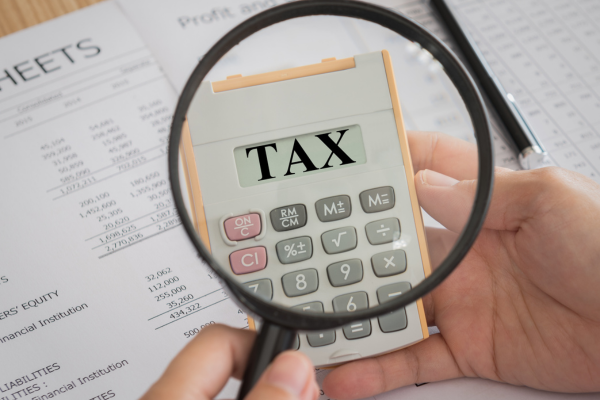
Introduction to Income Tax Scrutiny Assessment
Income Tax Scrutiny Assessment is a detailed examination carried out by the Income Tax Department to verify the correctness of the income, deductions, and claims made in your tax return. This process ensures that taxpayers are complying with the law and that no income is concealed. While receiving a scrutiny notice may sound intimidating, understanding the process can make it much easier to handle.
Types of Scrutiny Assessments
There are mainly three types of Income Tax Scrutiny Assessments:
- Complete Scrutiny: A detailed check of all aspects of your tax return.
- Limited Scrutiny: Focuses only on specific issues or mismatches identified by the tax department.
- Manual Selection Scrutiny: Selected manually based on specific risk factors or departmental instructions.
Knowing the type of scrutiny helps you prepare the right documents and responses.

Reasons Why You May Receive a Scrutiny Notice
Some common reasons for receiving an income tax scrutiny assessment notice include:
- High-value transactions not matching reported income.
- Large cash deposits or withdrawals.
- Mismatch between Form 26AS and your ITR.
- Unusually high claims for deductions or exemptions.
- Random selection under the Computer Aided Scrutiny Selection (CASS) system.
Process of Income Tax Scrutiny Assessment
The income tax scrutiny assessment process generally follows these steps:
- Notice Issuance: The department sends a notice under Section 143(2).
- Submission of Documents: You submit the requested documents and explanations.
- Assessment Proceedings: The assessing officer examines your case.
- Final Order: An assessment order is issued, either accepting your return or making adjustments.
All communications are now mostly done through the Income Tax e-Filing portal.
Documents Required During Scrutiny
Keeping accurate records can make your income tax scrutiny assessment much smoother. Commonly required documents include:
- ITR acknowledgement and computation sheet.
- Form 16 / Form 16A.
- Bank statements and passbooks.
- Investment proofs for deductions.
- Bills and receipts for claimed expenses.
- Loan documents, if applicable.
Rights and Duties of the Taxpayer
During an income tax scrutiny assessment, you have the right to:
- Be treated fairly and respectfully.
- Receive clear reasons for scrutiny.
- Seek professional help.
Your duties include:
- Providing accurate information and documents.
- Responding to notices within deadlines.
- Cooperating with the assessing officer.

Common Mistakes to Avoid During Scrutiny
- Ignoring notices or delaying responses.
- Submitting incomplete or inaccurate documents.
- Providing inconsistent information.
- Claiming deductions without proper proof.
Avoiding these mistakes can save you from penalties and prolonged proceedings.
How to Respond to a Scrutiny Notice
When you receive an income tax scrutiny assessment notice:
- Read the notice carefully to understand what is being asked.
- Gather and organise all required documents.
- Upload your response on the Income Tax portal within the deadline.
- Maintain a polite and professional tone in all communications.
Role of a Tax Professional in Scrutiny Cases
A tax professional can be extremely valuable during an income tax scrutiny assessment. They can:
- Analyse the notice and identify the exact requirements.
- Prepare accurate and complete responses.
- Represent you before the assessing officer.
- Help avoid unnecessary tax liabilities or penalties.
Conclusion
An income tax scrutiny assessment is simply a verification process to ensure compliance with tax laws. By maintaining accurate records, responding on time, and seeking professional help when needed, you can handle it with confidence.

FAQs
Q1: Is an income tax scrutiny assessment a sign of wrongdoing?
No. It can be due to random selection or minor discrepancies, rather than tax evasion.
Q2: How much time do I have to respond to a scrutiny notice?
The notice will mention a specific deadline, usually ranging from 15 to 30 days.
Q3: Can scrutiny be done online?
Yes. Most income tax scrutiny assessments are now conducted through the Income Tax e-Filing portal.
Q4: What happens if I ignore the scrutiny notice?
Failing to respond to the notice can result in penalties, additional tax liabilities, or prosecution in serious cases.
Q5: Can I handle scrutiny myself?
Yes, but hiring a tax professional is advisable for complex cases.
